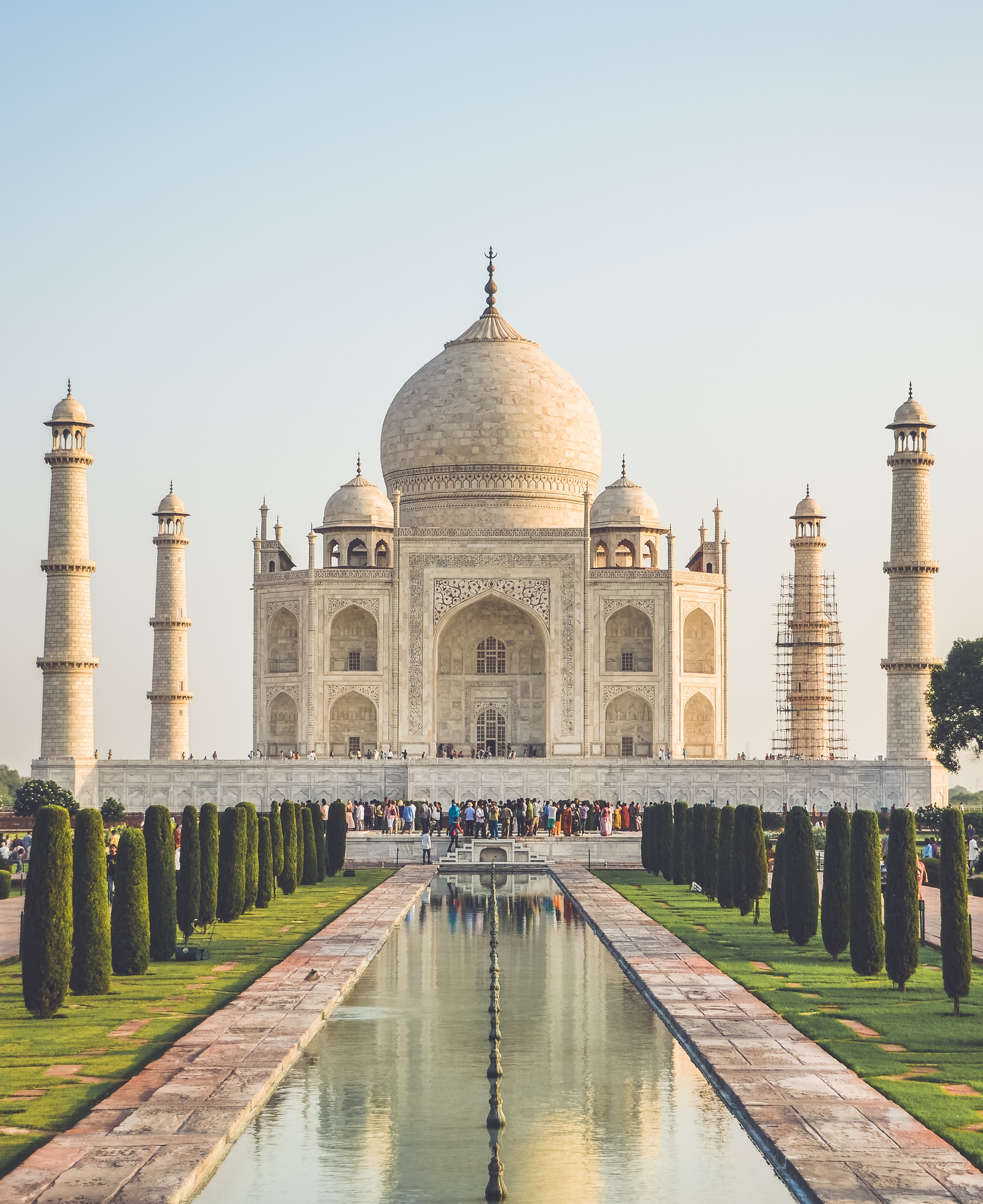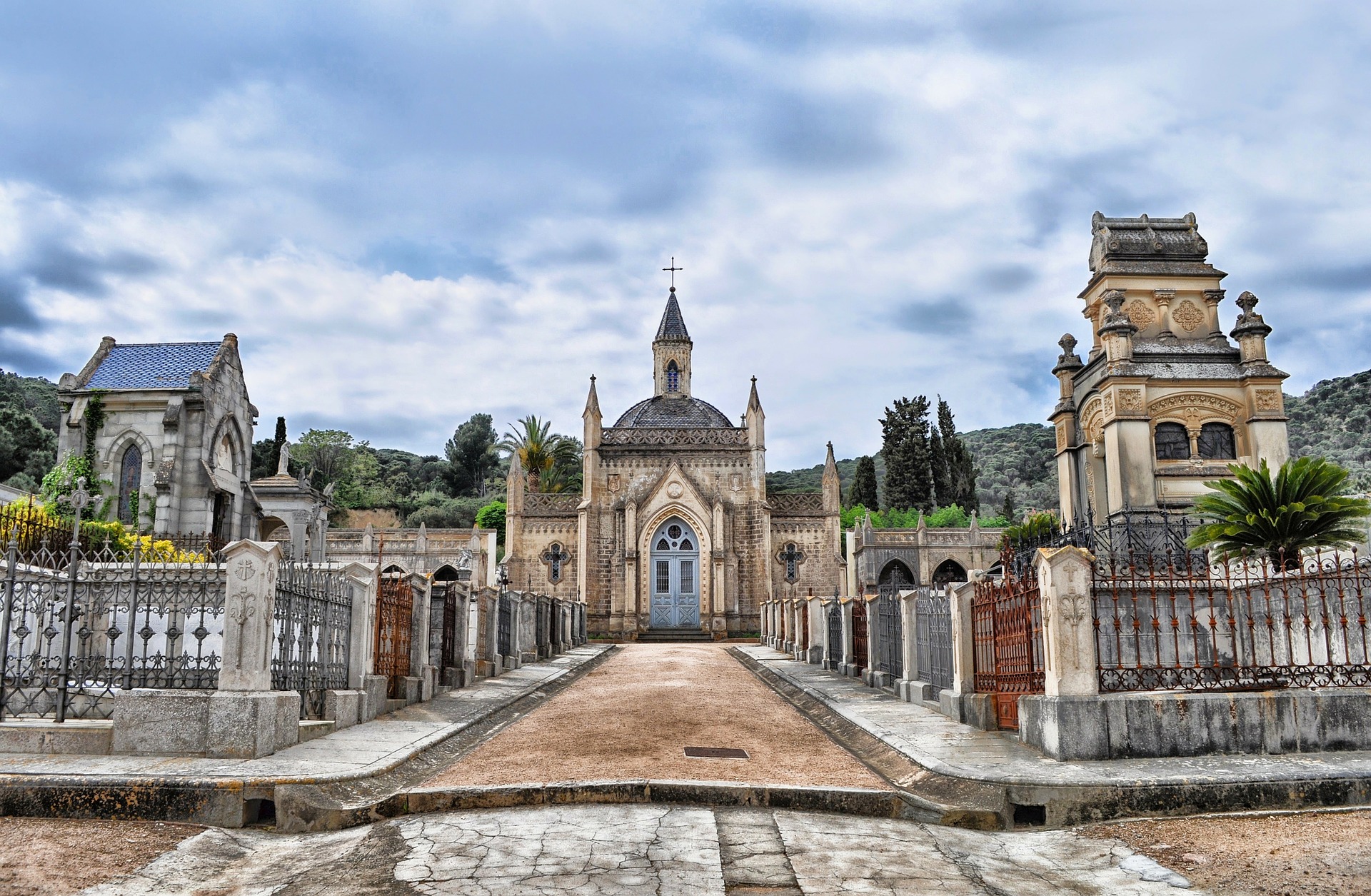What is a mausoleum burial like nowadays, and how much can you expect to pay for a mausoleum in the UK? While many of us think of these above-ground tombs as relics from the past, a number of British cemeteries are introducing them now – and watching them get bought up quickly, too.
Here, we’ll be taking a look at the past and present of the mausoleum to help you decide whether this unique option is for you.
What is a mausoleum?
A mausoleum is a free-standing building that acts as a final resting place for someone who has died. A mausoleum can hold multiple people (many belong to families, for example) or just one. Inside a mausoleum, coffins are typically placed above ground in sarcophagi – sealed stone boxes – or buried beneath the floor.
Do you have any questions about arranging a burial? Call our free funeral advice line on 0800 044 9454 for friendly, unbiased guidance from our team.
What does a mausoleum look like?
 Early mausoleums (or mausolea) were large, elaborate buildings made for rulers. In fact, the word mausoleum comes from the grave of King Mausolus at Halicarnassus. When King Mausolus died (around 352 BCE), his grieving wife built a large, temple-like tomb that came to be appreciated as one of the Seven Wonders of the Ancient World.
Early mausoleums (or mausolea) were large, elaborate buildings made for rulers. In fact, the word mausoleum comes from the grave of King Mausolus at Halicarnassus. When King Mausolus died (around 352 BCE), his grieving wife built a large, temple-like tomb that came to be appreciated as one of the Seven Wonders of the Ancient World.
Similarly grandiose, the Taj Mahal is perhaps the world’s most famous mausoleum. It was created for the favourite wife of Mughal emperor Shah Jahan, and cost the equivalent of £644 million.
Nowadays, however, smaller and more modest designs are definitely the norm. A typical mausoleum now might resemble a small, one-room house made of stone. Others look more like large bookshelves. Yet as time goes on, designs are becoming more abstract, with glass, treated wood and ceramics used. A mausoleum can look any way you want it to, if you design your own.
 Why choose a mausoleum burial?
Why choose a mausoleum burial?
Burial in a mausoleum tends to appeal to those who don’t like the idea of being placed underground, in the earth. For the family of the person who has died, a mausoleum offers a calm place to visit and stay for a while, in any weather.
But what is the purpose of a mausoleum for cemeteries? For local authority-owned burial grounds, a mausoleum can help address the issue of limited grave space. Above-ground tombs are also generally more common in areas where the ground is too hard or wet for traditional burials.
New Orleans is one example: there, the water table is so high that even shallow graves fill with water. At one time, the city found that buried coffins would “bob” to the surface during floods. Most burials in New Orleans now are therefore above ground, giving more than one cemetery the nickname “city of the dead”.
How much does a mausoleum cost in the UK?
 So, how much is a mausoleum burial these days?
So, how much is a mausoleum burial these days?
If you’d like to build a private mausoleum for your family, the cost will depend heavily on the design, size and where you build it. But if you’d like a niche in a public mausoleum in a UK cemetery, current mausoleum prices start at:
- £7,000 for a niche large enough for one person
- £10,000 for a niche large enough for two people
- £550 for the interment itself – that’s the cost of placing the coffin in the niche and sealing it
Mausoleum prices can vary quite a bit from cemetery to cemetery, though. In Kemnal Park, a single-person niche will cost £33,250, with the interment at £1,400.
When you buy a niche, you’ll be given the “exclusive right to burial” for that space for a set period of time. It’s usually about 50 to 100 years. After that, the right to decide who is buried in that spot reverts back to the cemetery unless you renew. Longer leases are more expensive. The mausoleum cost might also be higher if you aren’t local to the area – non-residents tend to pay about £1,500 more.
Another thing that can add to the cost is the engraving on the tomb covering. You will likely be allowed about five lines as part of the standard fee, with additional lines or engraved images costing more.
There aren’t many cemeteries with a mausoleum in the UK these days. If you need the funeral director to transport the person who has died a long way to the burial site, you may be charged an additional fee. It’s best to ask if this might be the case.
Mausoleum burials are expensive compared to your other options. The average cost of a standard burial in the UK is £1,792, while a cremation typically costs £753.
How to organise a mausoleum burial
If you would like to arrange a mausoleum burial, it’s a good idea to ask your chosen funeral director whether they know of any options in the local area.
You can find and compare your local funeral directors using our free tool here.
What does “mausoleum” mean to you? Old-fashioned status symbol, or a better place for your family to visit? Email us your thoughts.